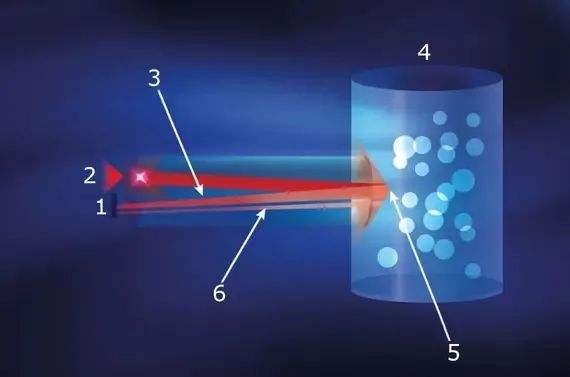Figure 2-2 (a murb) shows the scattering effect of parallel light passing through silicone particles with diameters of 2 μ m and 3 μ m, respectively.
The picture directly reflects the diffusion of diffusion particles in the light diffusion film. A beam of parallel light passes through the microsphere from left to right, and the incident light refracts at the interface of the diffused microsphere due to the difference in refractive index. The spherical structure of diffused particles is similar to that of convex lenses. When the light passes through these particles, it is focused and then scattered to a certain exit angle to enhance the brightness of the outgoing light.
With the increase of particle size, the scattered light intensity increases gradually, and it is mainly concentrated in the forward direction, and the asymmetry of the scattering pattern becomes more and more obvious. There is a certain degree of backscattering in the process of diffusion, and it decreases with the increase of particle size. Backscattering will affect the transmittance of incident light, which is one of the reasons for energy loss.

Diffusion principle of Cylindrical Lens Array
Figure 2-3 shows the profile of the cylindrical lens unit . F and F ‘are the first focus and the second focus of the cylindrical lens unit, respectively, and the focal lengths are “and” respectively. H and H ‘are the first principal point and the second principal point respectively, and the second principal point H’ is located at the coordinate origin O, and the positions of the principal points are xH and xH’, respectively. The system is located in the same medium. According to the principle of geometrical optics, the following can be obtained:

The light parallel to the optical axis emitted from any point from the optical axis height h is refracted by the lens and passes through the focus Haugh at an angle of α with the optical axis. The light emitted from this point is parallel to each other. From the geometric relations in the graph:

The equation expresses the formula for calculating the angle of parallel incident light passing through the cylindrical lens, which shows that the cylindrical lens has the effect of directional diffusion on the light. A cylindrical lens array consisting of cylindrical lenses with the same spacing. It is used to focus and homogenize the laser or illuminated light in one-dimensional direction.

Figure 2-4 shows a schematic diagram of light passing through a cylindrical lens / microlens array. After the light from the light source passes through the cylindrical lens / microlens array, the diffusion direction of the light can be roughly divided into three types. The first type of light is that the incident light is close to the optical axis, and the outgoing light can directly pass through the lens (as shown in figure I); the second kind of light is that the angle between the incident light and the optical axis is less than 70 °. The cylindrical lens / microlens array diffuses the light effectively (such as the second ray in the figure); the angle between the third kind of incident light and the optical axis is greater than 70 °and is reused after being reflected by the lens (like the third ray in the figure). The column / microlens array diffuses parallel light in different directions, and because it can reuse the function of incident light, it achieves the brightening effect.


